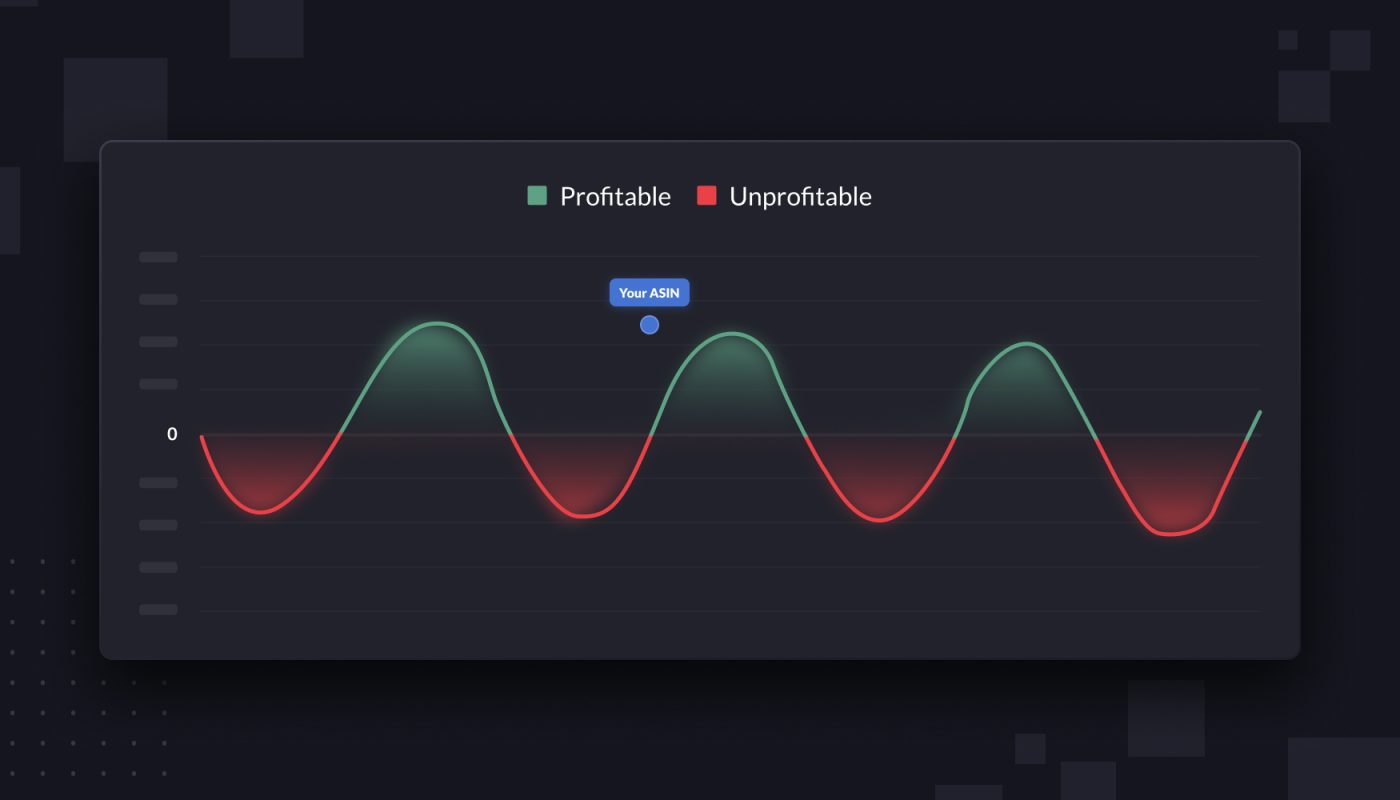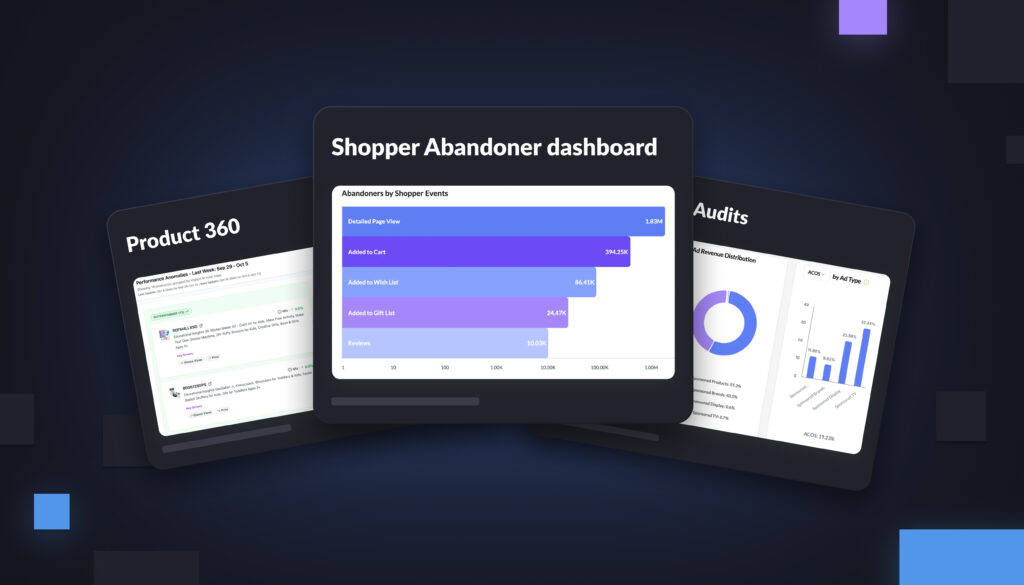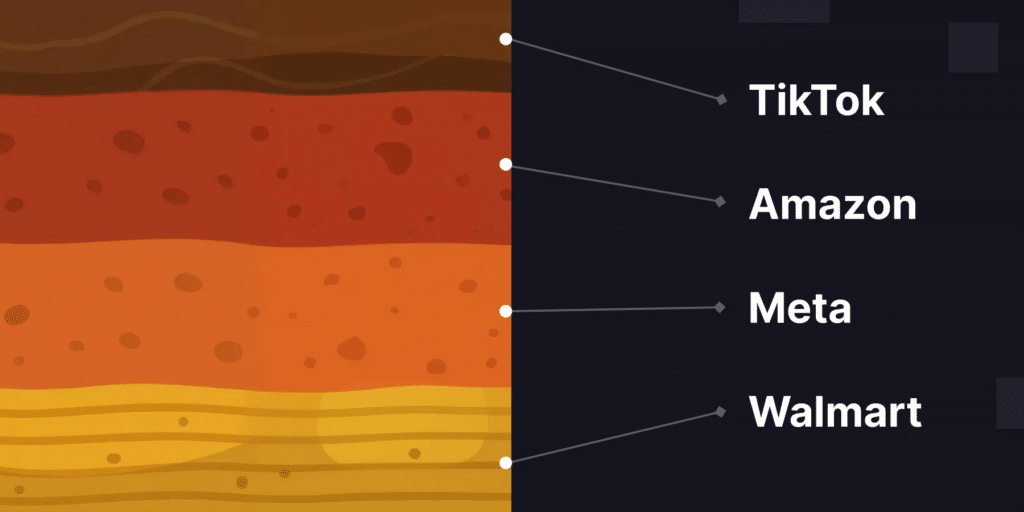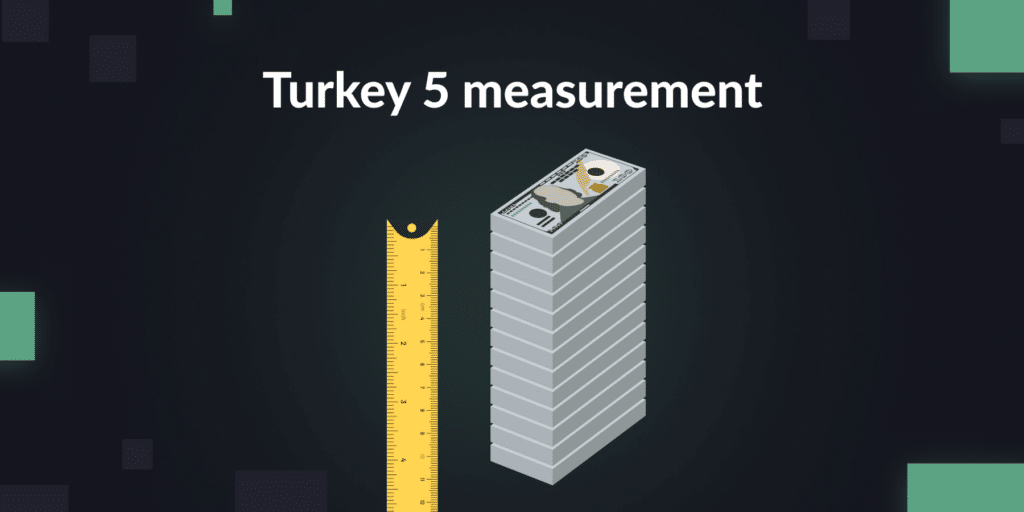How much of a Prime Day discount can you really afford? Brand owners are asking this question more and more as Amazon’s seller fees continue to tick up. The cut of revenue that sellers give to Amazon has crept all the way above 50%.
The tricky profitability math becomes especially stark on sales events like Prime Day. Brands have to be smarter than ever to stay profitable.
According to Modern Retail, to account for rising fees, many brands are offering smaller discounts than usual on Prime Day. Some are planning to forgo big discounts altogether, and are instead investing in driving social media users to their listings on Prime Day.
So how do you make sure you stay profitable on Prime Day? You can offer smaller discounts, sure. But how else can you ensure that you don’t accidentally lose money during the biggest sales event of the year?
Let’s take it step by step.
Step 1: Create smarter discounts
The first step is to figure out exactly how much a discount you can afford to offer on Prime Day. The last thing you want is to accidentally over-discount, and lose a lot of money in the process.
As we’ve discussed before, getting a good breakdown of your profitability by ASIN is not an easy task. Profitability is calculated across numerous different reports on Amazon. A few of the possible reports you might examine:
- SP Advertised Product Report
- SD Advertised Product Report
- Sponsored Brands – Campaign Report
- Settlement Report
- Seller Central Business Report (3P) or Retail Analytics Sales Report (1P)
- Customer Returns Report
You have to download and connect them, and then repeat the process. Profitability can fluctuate more than you think much based on your ad spend, inventory levels, and so on.
Getting a tight grip on your profitability numbers is the first step toward figuring out how much of a discount you can offer. Some ASINs are going to be more profitable than others, and you can’t afford to offer the same level of discount for each one.
If you’re piecing together your profitability for the first time, that’s okay, but you should aim to get to a place where you see your profitability all the time.
The best brands on Amazon already have a data strategy in place to get these insights automatically. You can learn more about how to do this in our free whitepaper, but essentially, you need to create a process for downloading and joining these reports that doesn’t involve hiring a bunch of virtual assistants.
Identify the reports you need to download for your own custom profitability measurement, sort them by ASIN, identify the columns that they all have in common, and then join them together.
You can do this through a complex Excel sheet, or you can work with our customization team, Intentwise Analytics Services, to do it for you. Every morning, you’ll be able to login and see a real-time view of your profitability numbers.
From there, it only takes a minute to calculate exactly how much of a discount you can afford to offer on Prime Day.
Step 2: Choose the right time to start your Prime Day strategy
You’re almost certainly going to want to start your Prime Day ad strategy in the days or weeks leading up to the big event.
There are a couple reasons for that: 1) CPCs are way lower ahead of Prime Day versus on Prime Day itself. And 2) On the day of the big event, most shoppers already have some sense of which products they want to buy.
But which day is the best day to start your Prime Day strategy? Or, more simply: How soon is too soon? This is usually pretty hard to measure, since the typical shopper will see multiple of your ads in the run-up to Prime Day.
Because of last-click attribution, you can’t get a clear picture from the Ad Console of whether running an ad two weeks ahead of Prime Day actually worked in converting a Prime Day sale.
Amazon Marketing Cloud offers a workaround. Because AMC is capable of measuring shopper journeys, you can actually trace back when each shopper who bought from you on Prime Day first saw your ads.
Run an analysis on your Prime Day strategy from last year. With a bit of coding, you can get a breakdown, based on the day of first ad exposure, of your shopper’s conversion rates on Prime Day. If your conversion rate was lowest two weeks ahead of Prime Day, then you might have started your strategy too early.
It’ll look a bit like this:

We go into how this query works in a bit more depth here. Intentwise customers can get this query easily—we’ve built it many times before.
Choosing the right time to start your ad campaigns saves you a whole lot of money in the long run. Be sure you aren’t missing out on any opportunities, while also double checking that you aren’t advertising so early that your ad spend is going to waste.
Step 3: Don’t get hit with surprise inventory fees
Let’s say you know the profitability of your products, and you set your discounts for Prime Day accordingly.
The next step is to be sure you don’t get hit with surprise fees ahead of Prime Day.
The biggest potential threat is Amazon’s low-inventory fee, which goes in and out of effect depending on your inventory levels each week.
The last thing you want is to crunch the numbers and think you’re profitable, only to accidentally neglect your inventory and unleash a new set of fees that can destroy your margins.
Every Sunday night, Amazon measures your inventory levels from the past week, and decides whether to apply a low inventory fee. (This measurement only applies to checked-in stock, not inbound products.)
If your inventory levels from that week were too low, Amazon applies a low-inventory to all future sales for the next week. Note that these fees are future-looking, not retroactive.
Don’t get caught flat-footed. Even before Prime Day, you need to be monitoring your inventory closely. If your inventory levels are too low ahead of Prime Day, you’ll be hit with extra fees throughout the whole sales week. That means every sale you make on Prime Day will cost you more than you budgeted.
It’s the worst case scenario—so be sure to track your inventory levels as closely as possible. Intentwise Ad Optimizer makes this easy. We allow marketers to filter for their products that are running low on inventory, and then pause or slow ad spend accordingly.
Confused on how the fee works? You’re not alone. To understand the risks of low inventory, it’s important to understand exactly what these fees are doing. We love this explainer.




